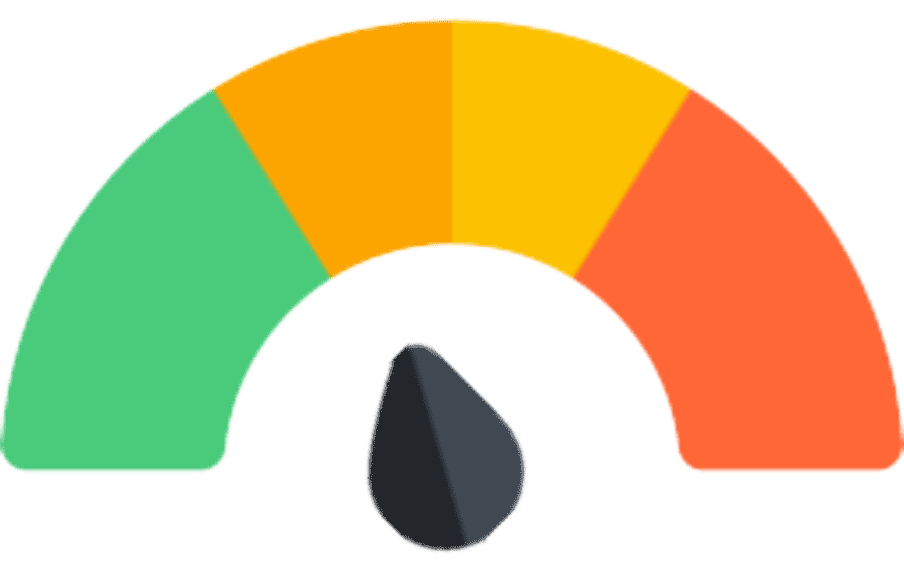SODIUM OXYBATE
THERAPEUTICS
Class
- Neuroscience-based Nomenclature: GABA receptor agonist
- CNS depressant; GABA-B receptor partial agonist
SODIUM OXYBATE commonly prescribed for
(Bold for FDA approved)
 How SODIUM OXYBATE works
How SODIUM OXYBATE works
• Gamma-hydroxybutyrate (GHB) is an endogenous putative neurotransmitter synthesized from its parent compound, GABA; sodium oxybate is the sodium salt of GHB and is administered exogenously
• Has agonist actions at GHB receptors and partial agonist actions at GABA-B receptors
• Improves slow-wave sleep at night, presumably leaving patients better rested and more alert during the day
How long until SODIUM OXYBATE works
• Can immediately reduce daytime sleepiness
• Can take several days to optimize dosing and clinical improvement
SIDE EFFECTS
 Notable Side Effects
Notable Side Effects
• Dizziness, sedation
• Nausea, vomiting
• Enuresis
• Tremor
 Life Threatening Side Effects
Life Threatening Side Effects
• Respiratory depression, especially when taken in overdose
• Neuropsychiatric events (psychosis, depression, paranoia, agitation)
• Confusion and wandering at night (unclear if this is true somnambulism)
weight gain

unusual
sedation

not usual
What to do about SODIUM OXYBATE side effects
• Wait
• Lower the dose
• If unacceptable side effects persist, discontinue use
• Discontinue concomitant medications that might be contributing to sedation
DOSING AND USE
usual dosage range
• Xyrem and Xywav, adults with narcolepsy: 6–9 g/night in 2 doses, 2.5–4 hours apart
• Xyrem and Xywav, pediatric patients with narcolepsy: based on body weight
• Xywav, adults with idiopathic hypersomnia: up to 9 g/night in 2 doses or up to 6 g/night in 1 dose
 Dosage Forms
Dosage Forms
• Oral solution 500 mg/mL
long term use
• Long-term use has not been studied
• The need for continued treatment should be reevaluated periodically
habit forming
• Medical use of sodium oxybate is classified under Schedule III
• Non-medical use of sodium oxybate is classified under Schedule I
• Some patients may develop dependence and/or tolerance; risk may be greater with higher doses
• History of drug addiction may increase risk of dependence
SPECIAL POPULATIONS
 Renal Impairment
Renal Impairment
• Dose adjustment is not necessary
• Not excreted renally
• Because sodium oxybate has sodium content, this may need to be considered in patients with renal impairment
 Hepatic Impairment
Hepatic Impairment
• Reduce dose by one-half and monitor patients closely
 Cardiac Impairment
Cardiac Impairment
• Not studied
• Because sodium oxybate has sodium content, this may need to be considered in patients with hypertension or heart failure
 Elderly
Elderly
• Safety and efficacy have not been established
• Patients should be monitored closely
 Children and Adolescents
Children and Adolescents
• Approved for treatment of cataplexy or excessive daytime sleepiness to pediatric patients 7 years of age and older with narcolepsy
 Pregnancy
Pregnancy
• Controlled studies have not been conducted in pregnant women
• Animal studies do not show adverse effects
• Placental transfer is rapid; GHB has been detected in newborns at delivery following intravenous administration to mothers
• Use in women of childbearing potential requires weighing potential benefits to the mother against potential risks to the fetus
• Generally, sodium oxybate should be discontinued prior to anticipated pregnancies
 Breast Feeding
Breast Feeding
• Some drug is present in human breast milk
• Recommended either to discontinue drug or formula feed
Based on data Published online by Cambridge University Press
Compiled by Dr. Jash Ajmera